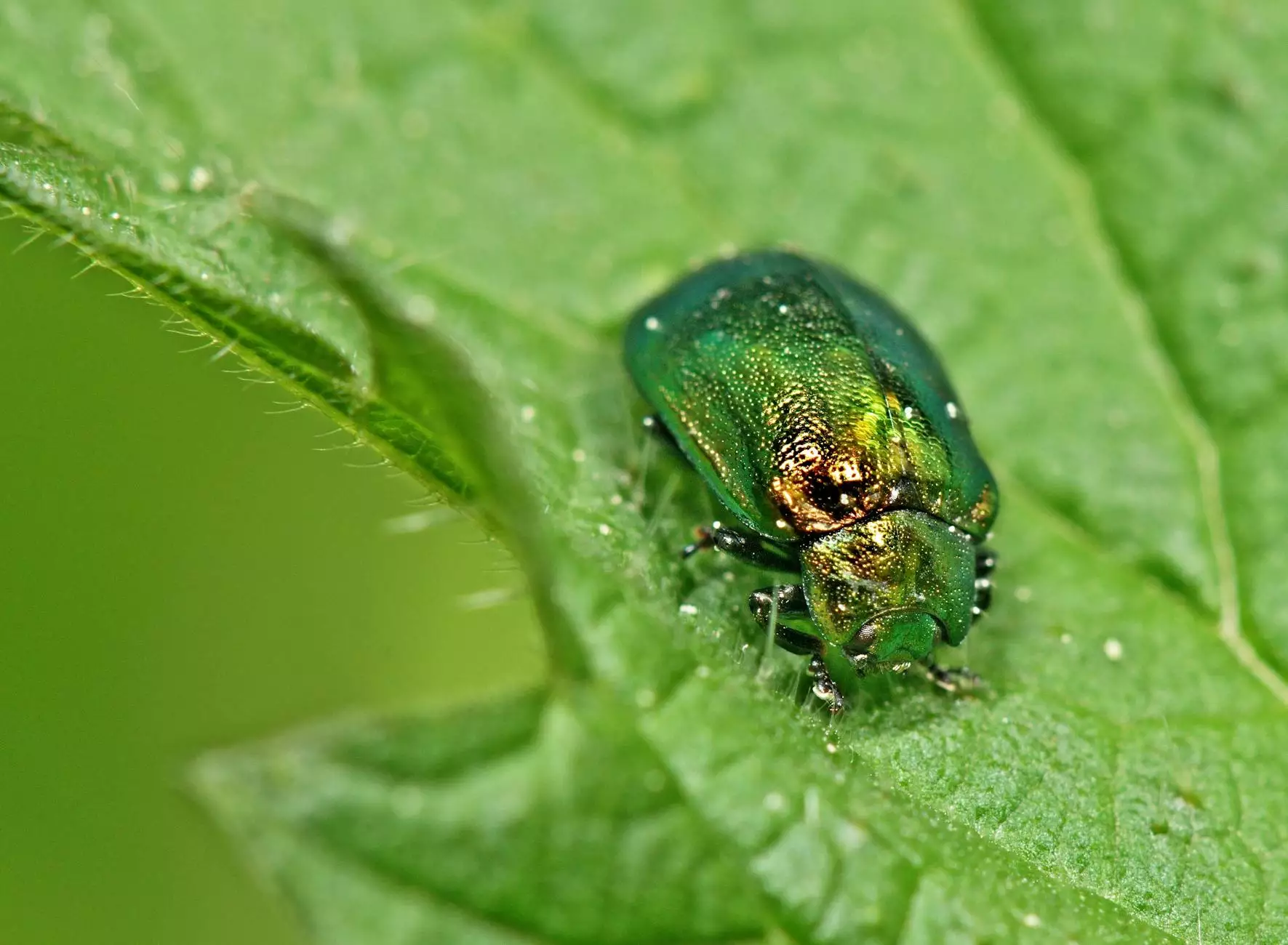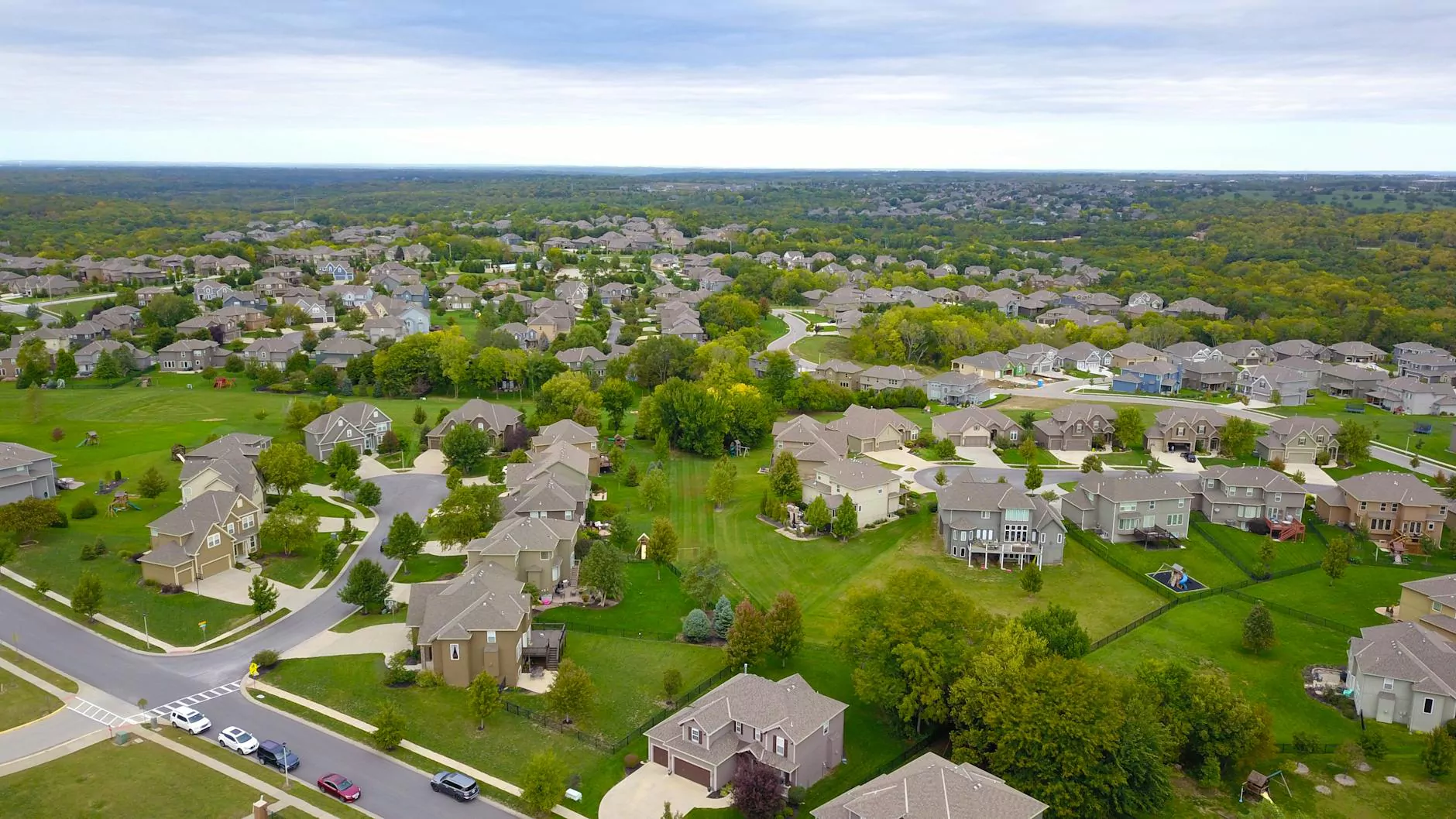Why Overseeding in the Spring is a Waste of Money
Blog
Introduction
Welcome to Edge My Neighborhood, your trusted partner in transforming your outdoor spaces. In this article, we will explore the topic of overseeding in the spring, a common practice in lawn care. However, we will challenge the notion that this is the best approach for achieving a lush, healthy lawn. Read on to discover why overseeding in the spring may not be the most cost-effective option for your valuable investment.
The Science Behind Lawn Growth Cycles
Before we delve into the reasons behind why overseeding in the spring may not yield optimal results, it's important to understand the natural growth cycles of grass. Throughout the year, your lawn goes through various stages of growth and dormancy. Spring is a period of active growth, where grass naturally focuses on developing root systems and foliage to prepare for the hot summer months.
The Downside of Spring Overseeding
Contrary to popular belief, overseeding in the spring can have negative consequences for your lawn. Here are some key reasons why:
1. Competition for Resources
By introducing new grass seeds in the spring, you create an environment where existing grass and newly seeded grass compete for limited resources such as water, nutrients, and sunlight. This competition can hinder the overall growth and health of your lawn, resulting in patchy areas and uneven growth patterns.
2. Increased Weed Pressure
Spring is also the time when weed seeds begin to germinate, seeking out the same resources as your grass. Overseeding during this period may inadvertently provide an ideal environment for weed growth, leading to a more significant weed issue in your lawn.
3. Vulnerability to Weather Conditions
During the spring season, unpredictable weather conditions, such as heavy rainfall or fluctuating temperatures, can interfere with the successful establishment of newly seeded grass. This vulnerability to the elements increases the risk of poor germination rates and ultimately wasted money on seed.
A Holistic Approach to Lawn Care
Instead of investing in overseeding during the spring, consider adopting a holistic approach to lawn care that focuses on building and maintaining a strong foundation for your grass. Here are some alternative strategies to maximize the health and appearance of your lawn:
1. Aerate and Dethatch
Prioritize core aeration and dethatching to improve soil compaction and remove excessive thatch buildup. These processes enhance the delivery of nutrients, water, and oxygen to the grass roots, promoting overall lawn health.
2. Regular Mowing and Proper Watering
Maintaining the appropriate mowing height and following a consistent watering schedule tailored to your specific grass type can prevent weed growth, disease, and promote stronger roots.
3. Fertilize Smartly
Applying a balanced fertilizer based on soil tests and the specific nutrient requirements of your grass can ensure healthy growth without the need for excessive seed investments. A professional assessment can provide valuable insights into the nutritional needs of your lawn.
4. Professional Lawn Maintenance Services
Consider partnering with a professional lawn care service like Edge My Neighborhood for comprehensive and customized lawn maintenance programs. Experts in the field can provide tailored solutions for your specific lawn needs, saving you time, effort, and unnecessary expenses.
Conclusion
While overseeding in the spring may seem like a logical step towards achieving a picture-perfect lawn, it is often an unnecessary expense that can lead to undesirable outcomes. By understanding the natural growth cycles of grass and adopting holistic lawn care practices, you can optimize the health and appearance of your lawn while saving valuable time and resources.
At Edge My Neighborhood, we are committed to helping you make informed decisions about your outdoor spaces. Contact us today for expert guidance and personalized solutions to enhance the beauty and value of your property.










